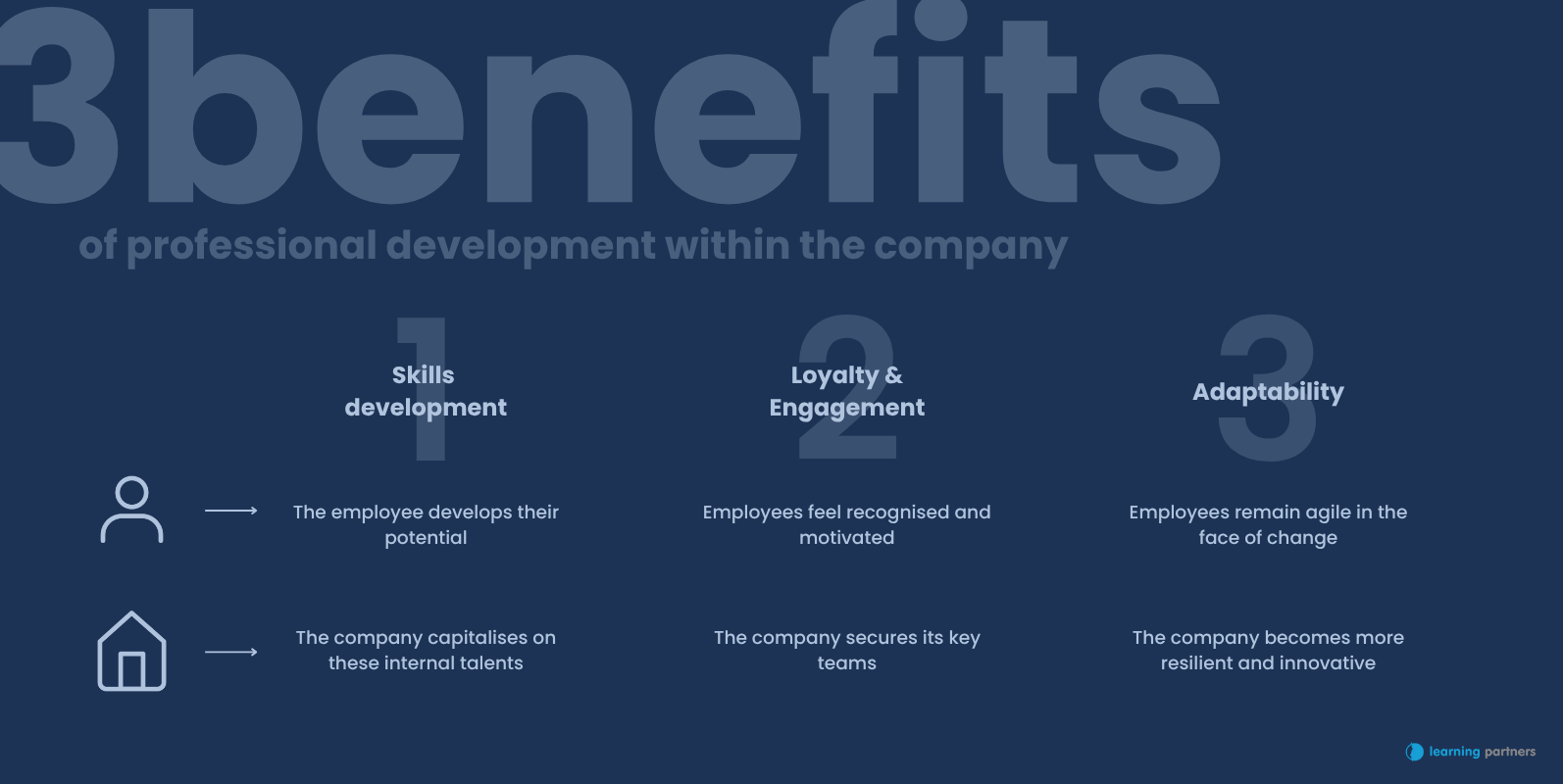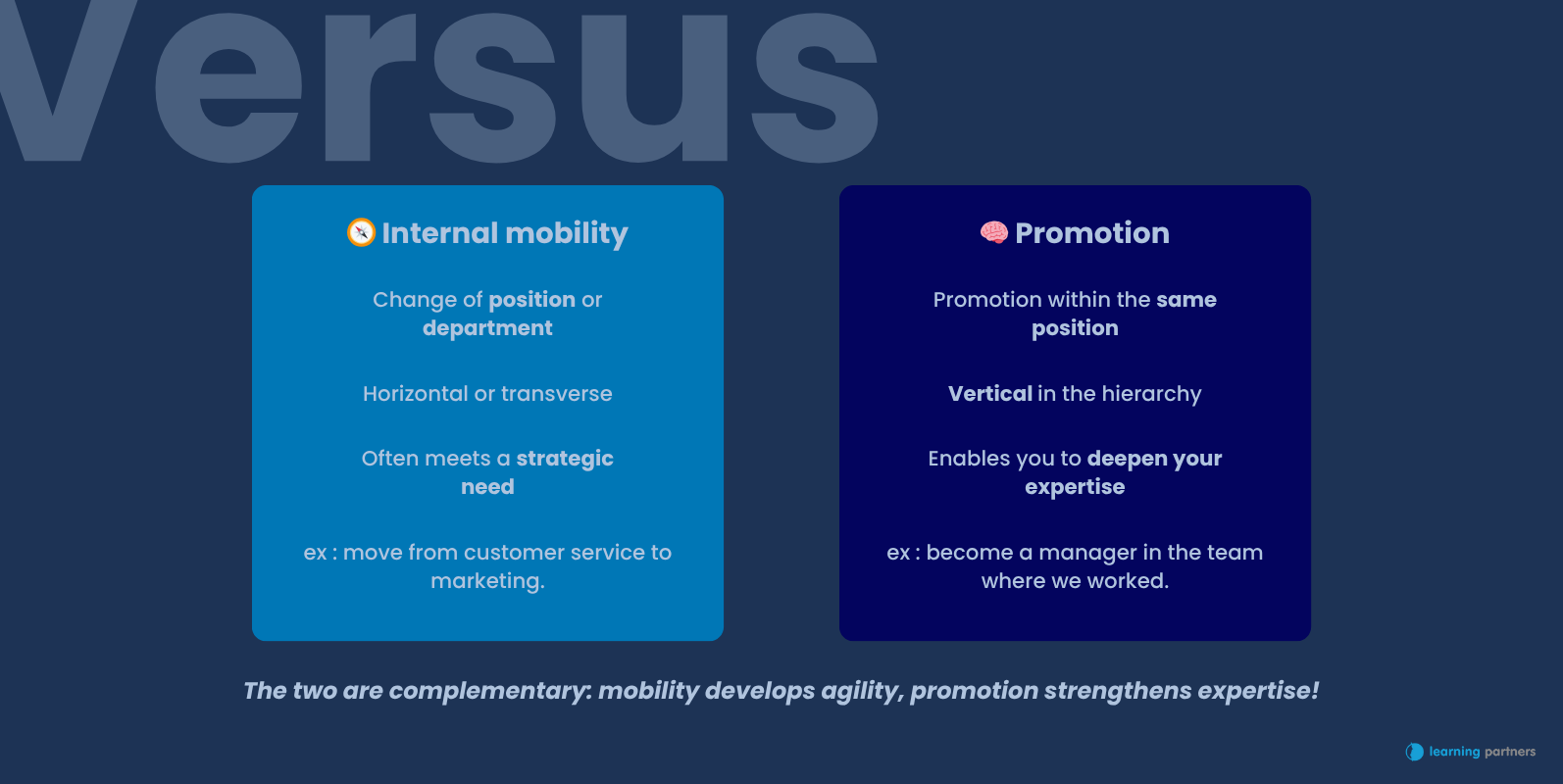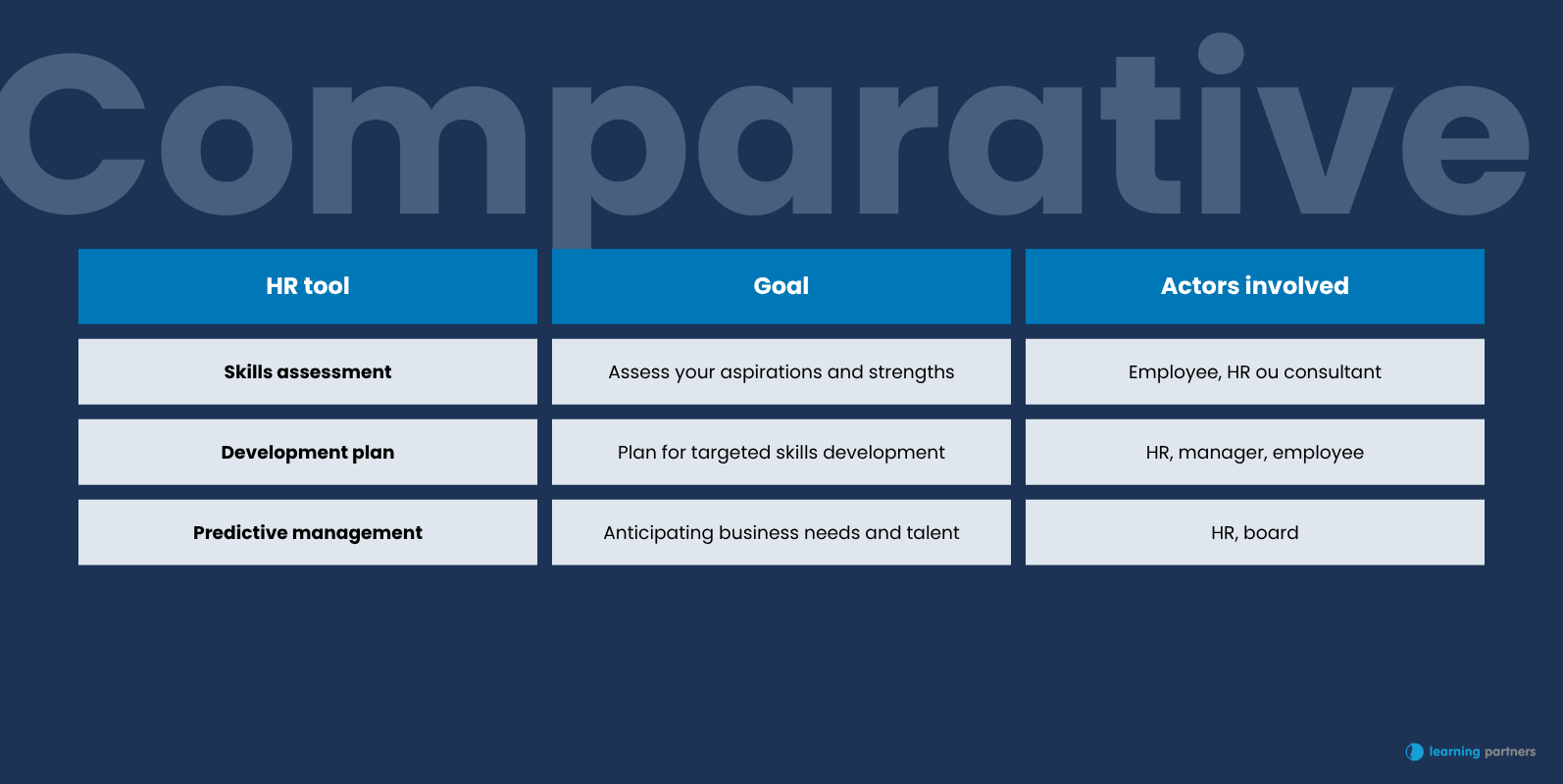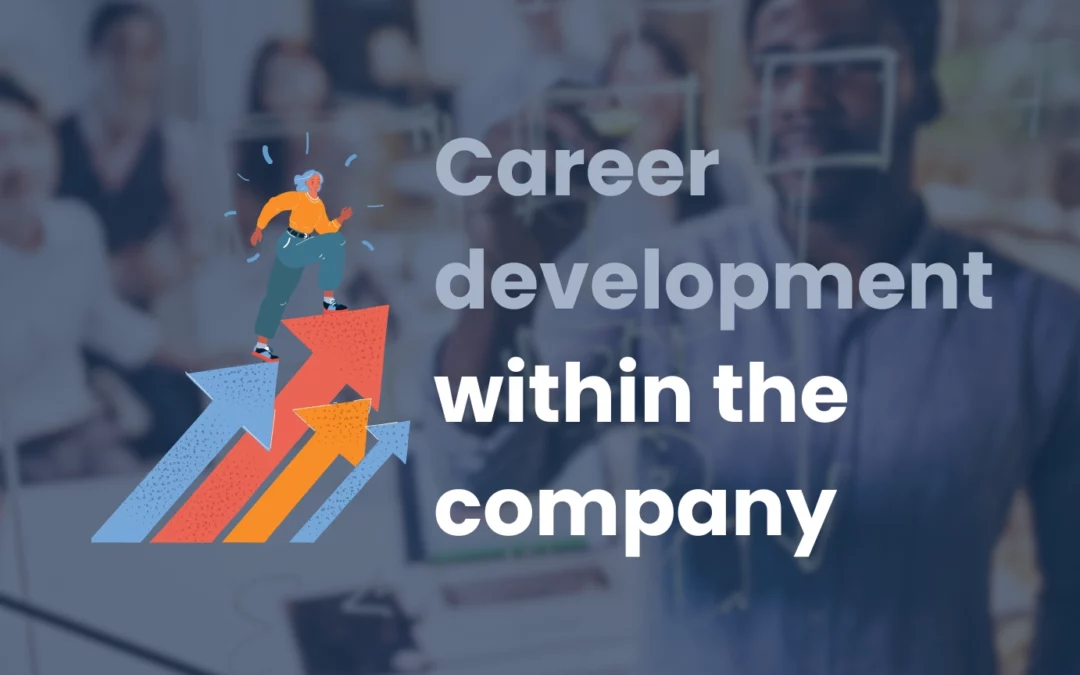Career development within the company It’s an expression we often hear… but one that raises many questions when it comes to taking action. For many employees, knowing how to evolve in their current environment is as much a matter of intuition as a structured plan. And yet.., career development within the company is not just a matter of luck or timing. It’s a built processthat combines development opportunities, internal mobility and skills development.
In a job market where talent loyalty is becoming a rare commodity, it’s in every company’s interest to offer career plans supported by tools such as theprofessional interview or talent management. On the employee side, the objective is twofold: develop your career while finding meaning and recognition in her current position.
This article offers you a complete guide to understanding the challenges of professional development within the companyWhether you’re an employee, a manager or an HR manager, this comprehensive guide will help you identify the levers available to you, prepare your approach and use the right tools to make effective progress.
What is professional development within the company?
Career development within the company refers to the progression of an employee in his or her working environment, whether in terms of position, responsibilities, skills or remuneration. It can be vertical (promotion), horizontal (internal mobility) or transversal (mission enrichment).
This evolution is not automatic: it depends on the company’s company needsneeds employee’s aspirationsand an HR framework.
Why is this a strategic issue for companies?
- Retaining talent in a context of skills shortages.
- Reduce recruitment costs by capitalizing on internal resources.
- Stimulate commitment and long-term performance.
According to a Deloitte study, companies that invest in career career development are 2.5 times more likely to improve employee retention(consult).
What are the benefits for employees?
For employees, the benefits are manifold:
- Giving meaning to your career path.
- Gain employability on the job market.
- Reinforce motivation by taking on new challenges.

How can I identify opportunities for internal career development?
Signs of internal opportunities
- Colleagues who change jobs or evolve rapidly.
- Cross-functional projects requiring specific skills.
- Internal job offers published on the intranet or via the HR department.
- Team reorganizations create management needs.
Internal mobility or promotion: what are the differences?
The internal mobility involves a change of position without necessarily moving up the hierarchy (e.g. from marketing to sales). On the other hand promotion is official recognition accompanied by higher responsibilities (and often better pay).
Both are avenues forprofessional development within the companyprovided they are well prepared.

What are the levers for career development?
Career development is not a privilege reserved for a select few. It is based on concrete initiativeswhich any employee can activate at his or her own pace. The starting point is the individual responsibility in building his or her career path.
Personal levers for action
- Follow ongoing training to develop your skills.
- Request a professional interview to clarify your ambitions.
- Get involved in projects outside your usual scope.
- Regularly review objectives and areas for improvement.
Professional interview: how to prepare?
- List your successes over the past year.
- Identify your skills to develop.
- Clearly formulate your objectives for the next 6, 12 or 24 months.
👉 Find out more about the official definition on service-public.fr
What HR tools are needed to structure professional development?
The company has a structuring role to play. By implementing talent management tools and transparent processes, it creates a framework conducive to evolution. Here are some of the key features used in modern organizations.
Comparison chart: 3 HR tools for structuring change

Towards an aligned and progressive career
L’rofessional development within the company is no longer an option reserved for the elite. It’s a strategic leverage for both employees and organizations wishing to retain retain talentnurture commitment and build a sustainable working environment.
We have seen that it is based on a double dynamic individual involvement (interview requests, skills enhancement, proactivity) and a structured structured HR framework (internal mobility, talent management, managerial support).
By cultivating a culture of continuous developmenteveryone can progress within the company, while reinforcing their professional professional value and their day-to-day impact.
It’s time to take action!
Take stock of your current situation, your ambitions and the opportunities open to you.
At Learning Partnerswe help organizations and individuals transform theirprofessional development into a driver of sustainable engagement.
FAQ on career development within the company
What's the first step to advancing within your company?
Take stock with your manager or HR through a professional interview can help you define your aspirations.
Is professional development possible without training?
Yes, by taking on new responsibilities or cross-functional projects. But the training often accelerates evolution.
How do you know if a development opportunity is open?
Keep an eye out for team changes, internal announcements and discussions with HR and managers.
What if the company doesn't offer a career plan?
Take the initiative: ask for an HR discussion, propose a development plan or consider external support. external support.
Is internal mobility always better perceived than external recruitment?
But not always. But it is often faster, less costly and perceived as a sign of internal recognition.
Phone
+41 22 510 25 15
+33 6 40 83 53 55
Address
68 Route du Stand,
VD1260 Nyon, Switzerland

